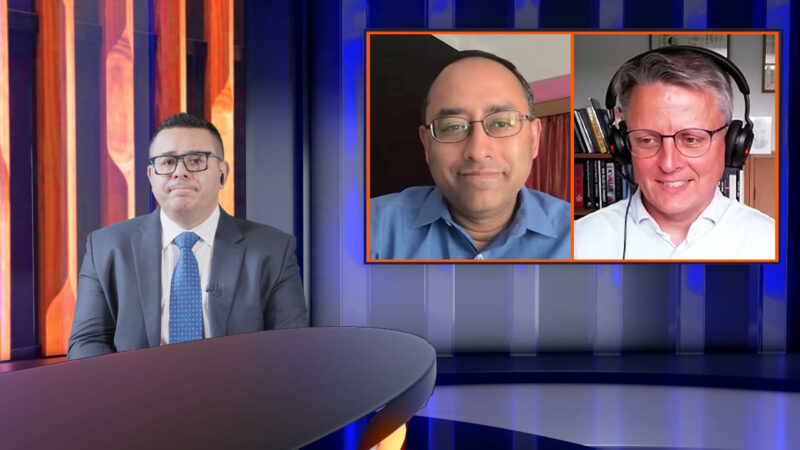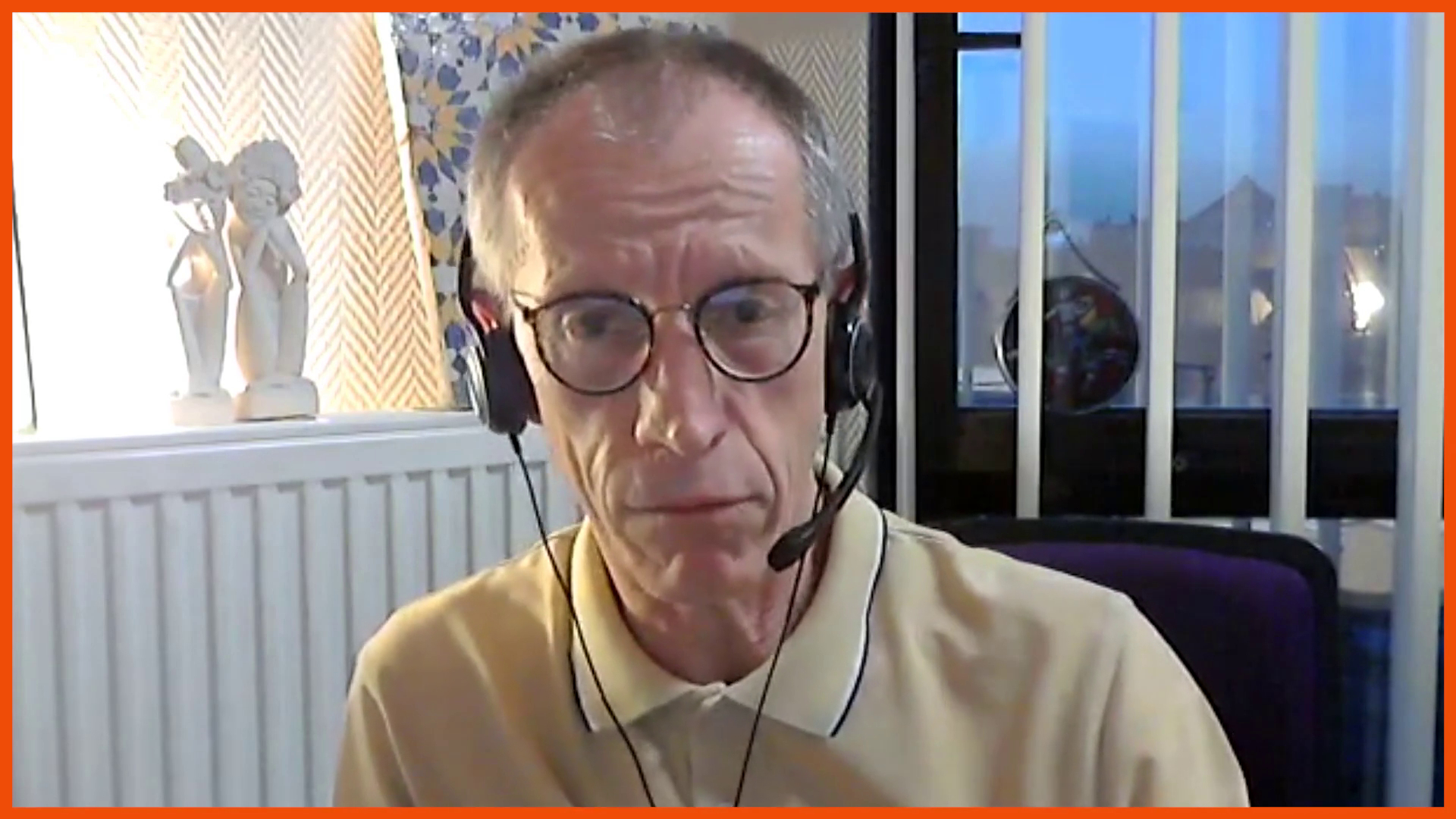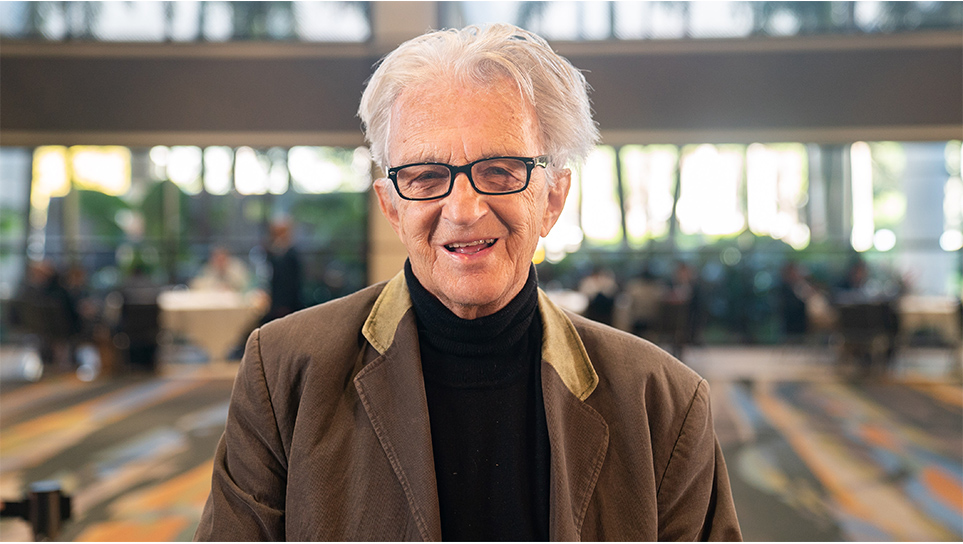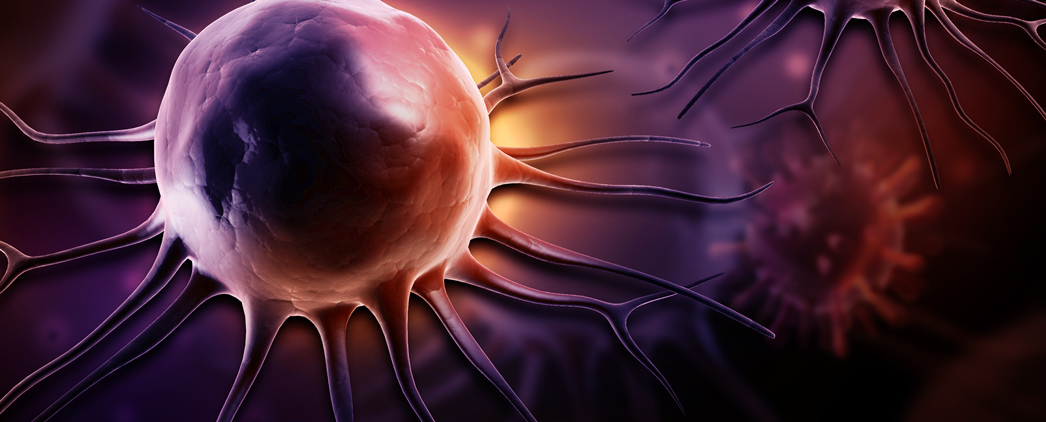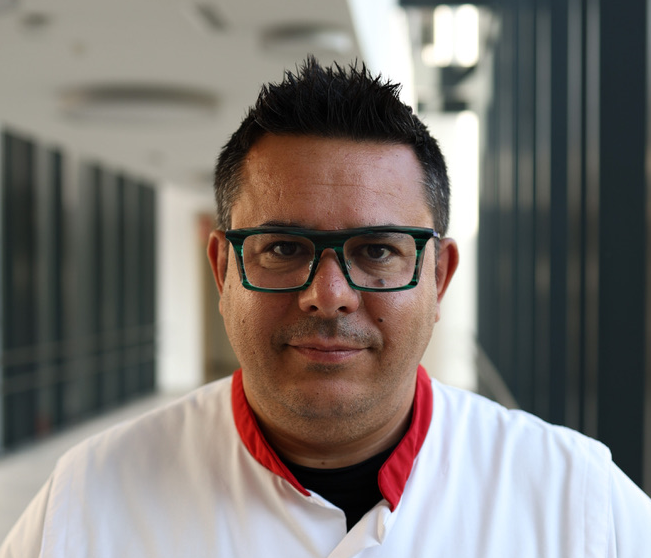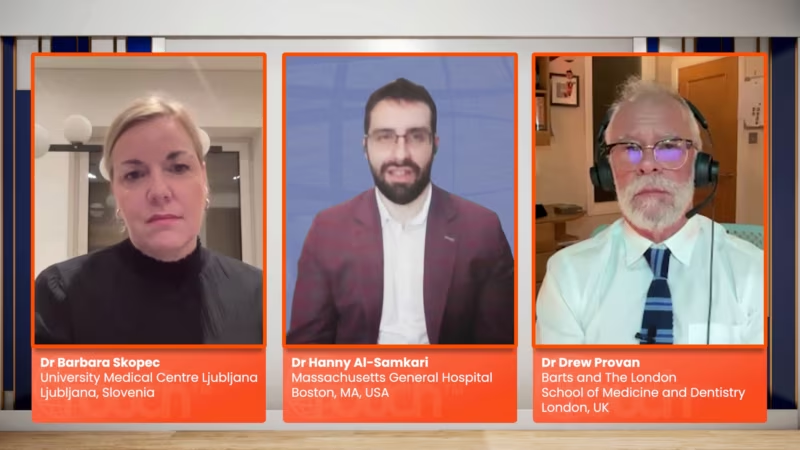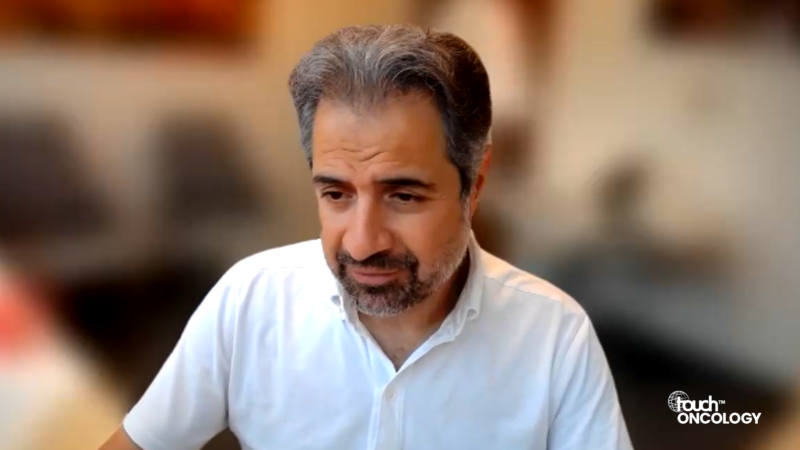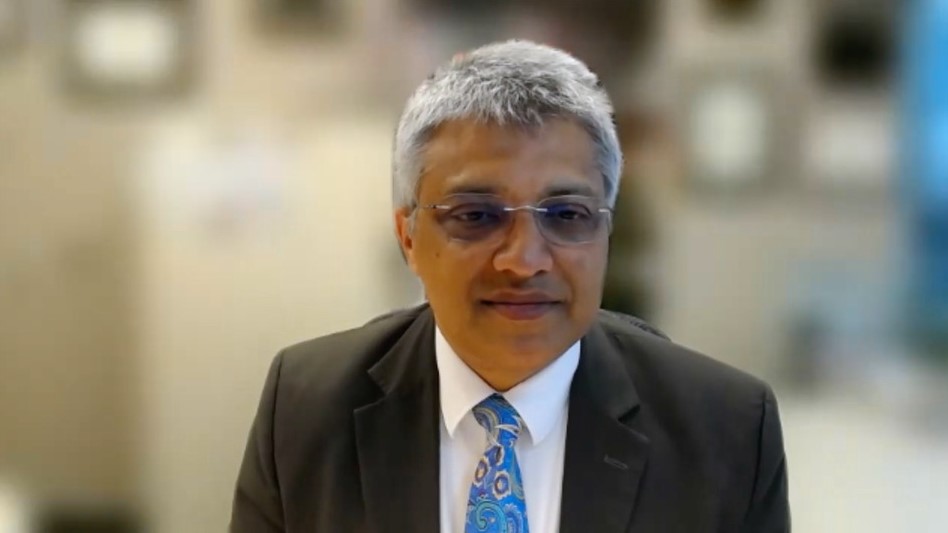Tutorial
This icon indicates there is a poll question. Click it when you see it to interact with your peers.
Tutorial
This icon indicates there is a poll question. Click it when you see it to interact with your peers.
Tutorial
This icon indicates there is a poll question. Click it when you see it to interact with your peers.
Tutorial
This icon indicates there is a poll question. Click it when you see it to interact with your peers.
touchPANEL DISCUSSION
 A visually engaging discussion designed to emulate a ‘live’ panel experience and provide clinicians with practical expert insights to address their clinical challenges. Useful tips below will show how to navigate the activity.
Close
A visually engaging discussion designed to emulate a ‘live’ panel experience and provide clinicians with practical expert insights to address their clinical challenges. Useful tips below will show how to navigate the activity.
Close
 A visually engaging discussion designed to emulate a ‘live’ panel experience and provide clinicians with practical expert insights to address their clinical challenges. Useful tips below will show how to navigate the activity.
Close
A visually engaging discussion designed to emulate a ‘live’ panel experience and provide clinicians with practical expert insights to address their clinical challenges. Useful tips below will show how to navigate the activity.
Close
Multidisciplinary insights: Navigating the challenges of systemic mastocytosis diagnosis and management
Learning Objectives
After watching this activity, participants should be better able to
- Describe the signs, symptoms and diagnostic pathway for systemic mastocytosis
- Explain how to apply personalized treatment strategies using a multidisciplinary approach to effectively manage systemic mastocytosis
- Recall the latest data for new and emerging treatments for systemic mastocytosis and evaluate their potential impact on the clinical management of systemic mastocytosis in the future
Overview
In this activity, an allergist, dermatologist and haemato-oncologist discuss the diagnosis and management of systemic mastocytosis, including current and emerging treatment options and multidisciplinary approaches to optimize patient care.
This activity is jointly provided by USF Health and touchIME. read more
Target Audience
This activity has been designed to meet the educational needs of allergists/immunologists, dermatologists, haematologists, oncologists and primary care providers involved in the management of patients with systemic mastocytosis.
Disclosures
USF Health adheres to the Standards for Integrity and Independence in Accredited Continuing Education. All individuals in a position to influence content have disclosed to USF Health any financial relationship with an ineligible organization. USF Health has reviewed and mitigated all relevant financial relationships related to the content of the activity. The relevant relationships are listed below. All individuals not listed have no relevant financial relationships.
Faculty
Prof. Dr Vito Sabato discloses: Advisory board/panel fees from Blueprint Medicines, Cogent Biosciences, Novartis, Telios Pharma, Inc. Grants/research support from Blueprint Medicines, Cogent Biosciences. Speaker’s bureau fees from Blueprint Medicines.
Dr Sigurd Broesby-Olsen has no relevant financial relationships to disclose in relation to this activity.
Prof. Prithviraj Bose discloses: Advisory board/panel fees from Blueprint Medicines, Cogent Biosciences, CTI BioPharma, Incyte, Novartis. Consultancy fees from AbbVie, BMS, Disc Medicine, Geron, GSK, lonis Pharmaceuticals, Jubilant Pharma, Karyopharm Therapeutics, Keros Therapeutics, Morphic Therapeutic, MorphoSys, PharmaEssentia and Sumitomo Pharma. Grants/research support from Blueprint Medicines, BMS, Cogent Biosciences, Disc Medicine, Geron, lncyte, Ionis Pharmaceuticals, Janssen, Kartos Therapeutics, Karyopharm Therapeutics, MorphoSys and Sumitomo Pharma; CTI BioPharma/Sobi and Telios Pharma (relationships terminated).
Content reviewer
Carolina Leon BSN, MSN, ARNP-BC has no financial interests/relationships or affiliations in relation to this activity.
Touch Medical Director
Kathy Day has no financial interests/relationships or affiliations in relation to this activity.
USF Health Office of Continuing Professional Development and touchIME staff have no financial interests/relationships or affiliations in relation to this activity.
Requirements for Successful Completion
In order to receive credit for this activity, participants must review the content and complete the post-test and evaluation form. Statements of credit are awarded upon successful completion of the post-test and evaluation form.
If you have questions regarding credit please contact cpdsupport@usf.edu.
Accreditations
Physicians
This activity has been planned and implemented in accordance with the accreditation requirements and policies of the Accreditation Council for Continuing Medical Education (ACCME) through a joint providership of USF Health and touchIME. USF Health is accredited by the ACCME to provide continuing medical education for physicians.
USF Health designates this enduring material for a maximum of 1.0 AMA PRA Category 1 CreditTM. Physicians should claim only the credit commensurate with the extent of their participation in the activity.
The European Union of Medical Specialists (UEMS) – European Accreditation Council for Continuing Medical Education (EACCME) has an agreement of mutual recognition of continuing medical education (CME) credit with the American Medical Association (AMA). European physicians interested in converting AMA PRA Category 1 CreditTM into European CME credit (ECMEC) should contact the UEMS (www.uems.eu).
Advanced Practice Providers
Physician Assistants may claim a maximum of 1.0 Category 1 credits for completing this activity. NCCPA accepts AMA PRA Category 1 CreditTM from organizations accredited by ACCME or a recognized state medical society.
The AANPCP accepts certificates of participation for educational activities approved for AMA PRA Category 1 CreditTM by ACCME-accredited providers. APRNs who participate will receive a certificate of completion commensurate with the extent of their participation.
Date of original release: 24 July 2024. Date credits expire: 24 July 2025.
If you have any questions regarding credit please contact cpdsupport@usf.edu.
To obtain the CE/CME credit(s) from this activity, please complete this post-activity test.
Claim CreditYou may also be interested in...

REGISTER NOW FOR FREE ACCESS TO
- 1000+ topical and insightful peer-reviewed journal articles
- 100+ hours of bite-sized congress highlights
- 9 major therapy areas packed with the latest scientific advances
- 150+ specialties offering learn-on-the-go medical education
- + Concise email updates and newsletters so you never miss out

Log into your Touch Account
Earn and track your CME credits on the go, save articles for later, and follow the latest congress coverage.
Sign up with an Email
Or use a .
This Functionality is for
Members Only
Explore the latest in medical education and stay current in your field. Create a free account to track your learning.








